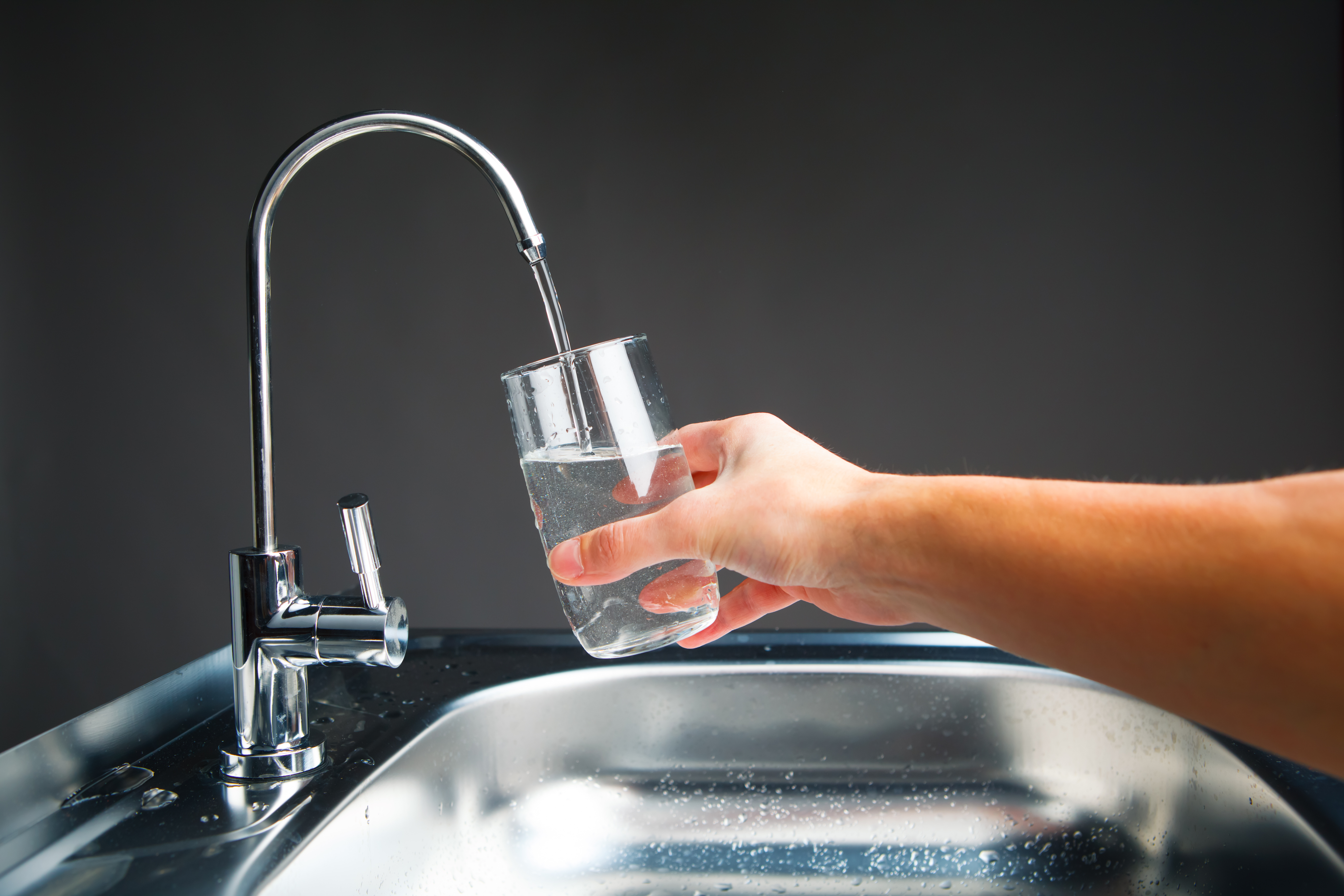
Is it Safe to Drink my Tap Water?
Having clean, safe water for drinking, showering and even cooking your food is key to ensuring a healthy lifestyle. Most people today unknowingly drink
Softened water brings several benefits to a household. It minimizes soap usage when washing clothes and dishes, extends your water heater’s lifespan, and optimizes energy bills. But is it okay to use softened water for plants, lawns, and gardens? The Scoop on Salt The majority of water
Having clean, safe water for drinking, showering and even cooking your food is key to ensuring a healthy lifestyle. Most people today unknowingly drink chlorine-treated water that still contains harmful bacteria, chemicals and other contaminants. Every person needs to have enough water each day for the

Having clean, safe water for drinking, showering and even cooking your food is key to ensuring a healthy lifestyle. Most people today unknowingly drink

December is here–let the holiday baking begin! If you’re looking for a winning cookie recipe for the upcoming cookie exchange or holiday office party, this

Crisp Fall evenings are here and there’s nothing better than arriving home to the aroma of freshly-baked pies and breads. These delicious Pumpkin Chocolate Chip muffins

The drought in California is now entering its fourth year. Since the summer of 2011, rainfall seasons have had precipitation levels far below normal, and
It’s Tuesday and I’m still facing a big pile of laundry that accrued over a busy weekend. If you’re also facing a mountain of laundry
Do you have extra privacy when showering thanks to beads of hard water that have dried and left your glass shower door clouded? If so,
As I waved good-bye to my children on the first day of school, I gave a big sigh. Life had been busy the past couple
With summer temperatures on the rise, keeping our families hydrated is a legitamate concern. Whether at an amusement park, a baseball game, or even the
The cupboard under my kitchen sink used to be crammed with cleaning supplies–dozens of different products I had purchased in hopes of finding that “miracle
School is out (for most) and summer is here! Keeping the kids cool and entertained is paramount during summer, and water gun fights are always
© 2023 WaterTech. Rights Reserved.